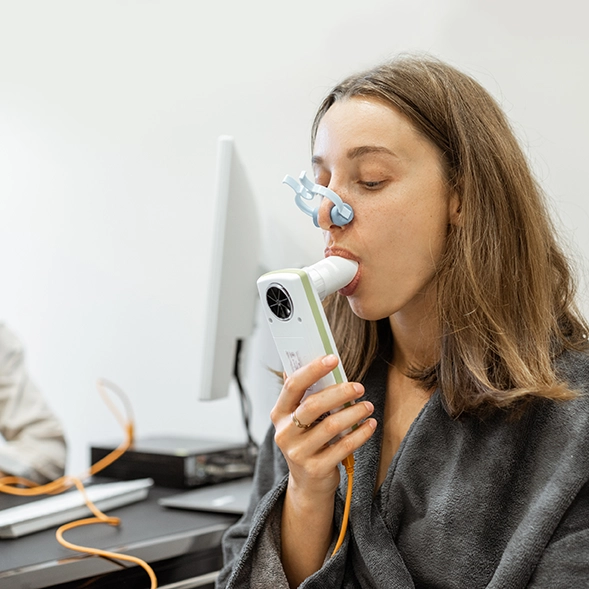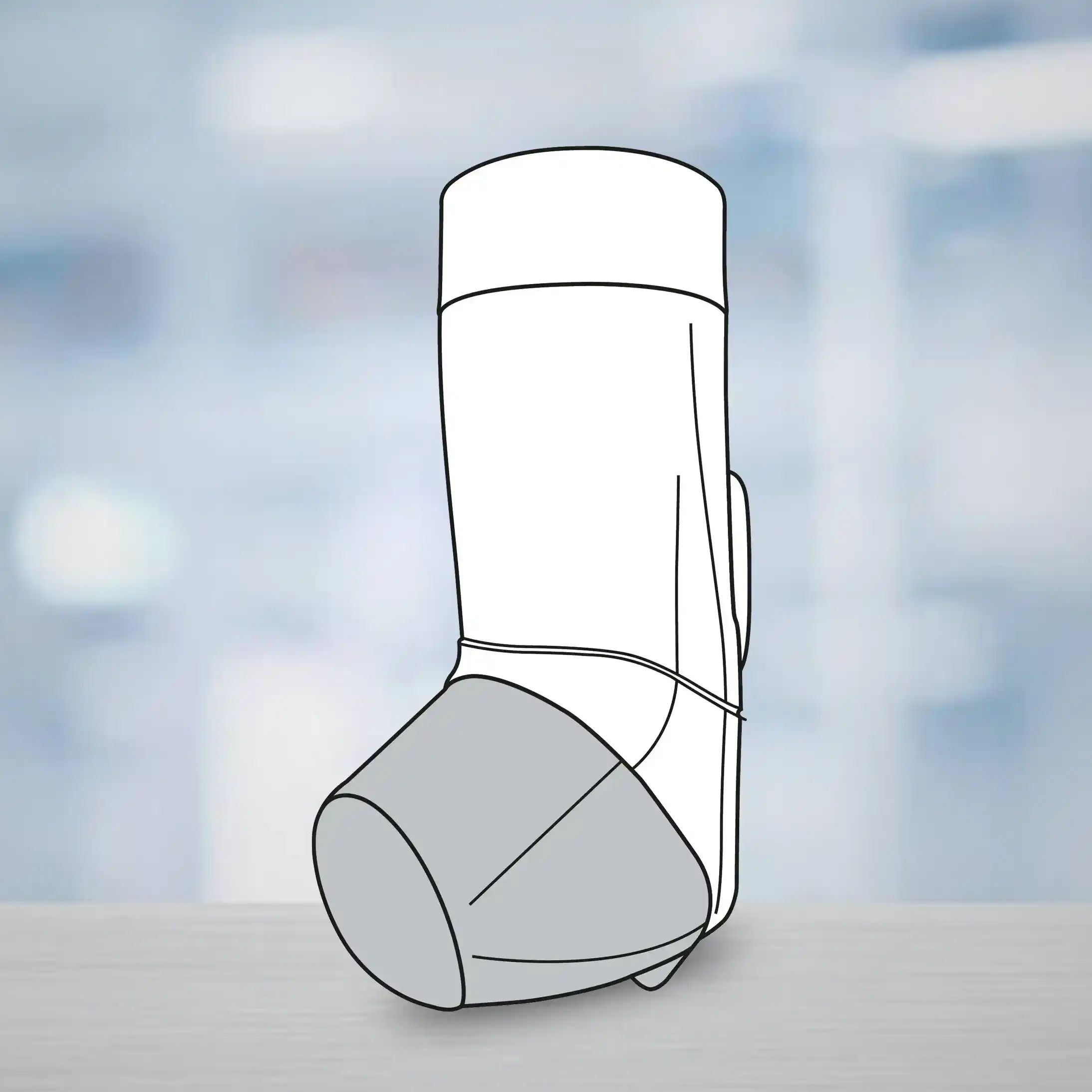Personalized Treatment Through a Dry Powder Inhaler Device (DPI), Adjustable to Chronic Obstructive Pulmonary Disease (COPD) Patient's Respiratory Profile
The present session discusses the importance of personalized treatment for Chronic Obstructive Pulmonary Disease (COPD) patients using dry powder inhalers (DPIs). DPIs are environmentally friendly and user-friendly devices, and their effectiveness depends on the patient's inspiratory effort, the inhaler's resistance, and the formulation characteristics. The Pandora I (PCT/GR2017/000058 - US 11,439,776 B2) DPI, with three adjustable resistances (R1, R2, R3), was developed to tailor treatment for COPD patients. Some COPD and elderly patients, especially those with severe symptoms, muscle fatigue, or exacerbations, struggle to achieve the required inspiratory flow rate through DPIs to deliver medication to the airways. The study compared the impact of personalized treatment using the market device (MD) with low resistance to the new device (Pandora, PD) with adjustable resistances based on patient inspiratory values. Fifty COPD patients participated in the study, performing tests before and after treatment with indacaterol through both devices. The study findings indicated no significant differences in FEV1 and FVC between MD and PD DPIs for patients with low inspiratory flow (PIF ≤ 40 L/min). However, PD showed a slight advantage in patients with moderate PIF (40 L/min < PIF ≤ 65 L/min; p=0.005). Notably, patients with high PIF (> 65 L/min) showed statistically significant (p=0.001) improvements with PD. The study is ongoing, but initial results suggest that personalized treatment with adjustable resistance DPIs may be superior for COPD patients, depending on their initial inspiratory flow rates.
Poster ID 545, European Respiratory Society (ERS) International Congress 2023, Milan, Italy, 9-13 September 2023
Management of COPD Exacerbation, A Prediction Tool for Exacerbation in General Practitioners Based Swiss Chronic Obstructive Pulmonary Disease (COPD) Cohort
This conference presentation addressed the issue of COPD exacerbations, which are linked to increased hospitalization and mortality rates. The study aimed to identify exacerbation risk factors in a primary care cohort and create a predictive statistical model. Over two years, COPD patients in the cohort were regularly monitored by their GPs. The data was divided into training and validation sets (75% and 25%, respectively), and a negative binomial regression model was developed using the training data to predict exacerbation rates within one year. The resulting model was validated externally and transformed into a prediction nomogram. The findings showed that out of 229 COPD patients (65% male, average age 67), 77% experienced no exacerbations during the study, while 73 recurrent exacerbations were recorded. The best predictors of exacerbations were lower forced expiratory volume, high mMRC dyspnea scale scores, exacerbation history, and not being on combination therapy (LABA+ICS or LAMA+LABA) at baseline. When validated, the model's area-under-curve (AUC) was 0.75 for one or more exacerbations and 0.75 for two or more exacerbations, demonstrating accurate calibration. In conclusion, previous exacerbations and severe symptoms serve as predictors for COPD exacerbations, and the nomograms derived from these models can aid clinicians and patients in making shared decisions about their care.
Poster ID 547, European Respiratory Society (ERS) International Congress 2023, Milan, Italy, 9-13 September 2023



